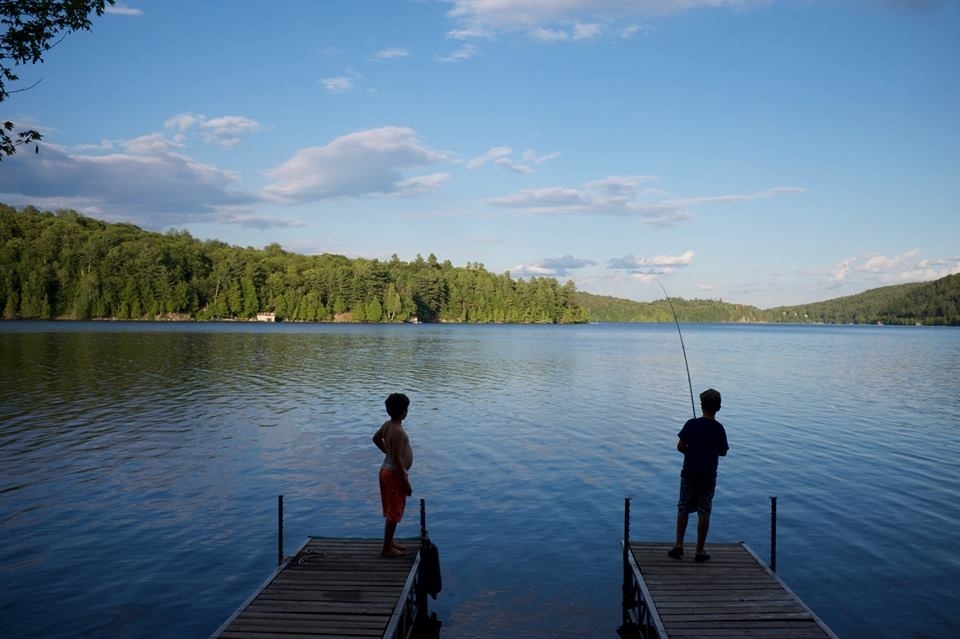
My writings - and those of others.
Another woman to celebrate
A top environmental and climate lawyer, Dianne Saxe brings a wealth of experience and expertise to the community. with more than forty years of experience in environmental law. From 2015-2019 she was the Environmental Commissioner of Ontario until a change of government thought that the stand-alone position was unnecessary and transferred its responsibility to the office of the Auditor General. Legal organizations have presented her with many awards and regard her as one of the world’s 25 best environmental law experts.
At a Massey College environmental conference in November 2020, Saxe and a co-presented focused on the arts and its role in communicating the importance of environmental care. The arts energize and touch the heart in a way that science is not always able to do, she says. Though institutions often are slow to change, museums have taken up the cause of environmental issues. It doesn’t help that fossil fuel industries are among their largest donors. Some of us have been around long enough when the same issue happened with the tobacco companies. She interviewed a number of artists in different fields and also had young activists interview some of their elders like David Suzuki.
Her website, is rich in resources. Her podcasts where she interviews climate heroes doesn’t include herself, but she clearly is one..
Values and strategies
Continuing on the report of Climate Action.
These are the values that the Alberta study found need to focus upon in engaging young people. While they were specific, they also have broader application.
Security - learning needs to suggest that climate changes and the actions we are asked to take bear a relationship to a predictable future.
Achievement and self direction - a desire to learn the skills to build the world they want to create.
Place attachment - focus on the locality where students live and love.
Continuity - young people want to see new energy initiatives create the prosperity that former ones did.
Responsibility and agency - Young people realize that the future is theirs - and they are prepared to take responsibility for it.
The study noted that only a small number - 10% - dismissed the reality of climate change. Building on the previous studies of Alberta adults, these are the narratives that are seen as relevant to teens
Love of locale (in this case, Alberta, but the same could apply to any province or region.
Early adulthood - high school students are the next generation and are eager to take responsibility for their world.
Climate - it will be challenging to talk about when parents’ employment or family history has depended upon fossil fuel industries. This must be a starting point. We do have to talk about it and recognize climate science based facts. It also helps to face the fact that we have overcome hard issues in the past by facing them realistically and honestly
Energy - Clean energy solutions are under development. There have been energy transitions in the past and we have survived them.+
Student perceptions
Continuing from the Climate Outreach Study, here are some of the findings from workshops with Alberta students on energy and climate change.
When adequate education is missing, students develop negative narratives about energy and climate change and literacy on these subjects is missing.
They feel overwhelmed by the issues
They are more than happy to talk about it. There was enthusiasm to take part in the workshops
They value their provincial natural environment
They want to know more about the connections between energy and climate change - but in a way that is action oriented so that they can make a difference.
They see effects in their own local communities and this can be used as an opportunity for education
Many of the words used around climate change - like pollution, waste, climate, energy were used in an imprecise way. These contribute to confusion.
Younger kids focused more on nature’ older ones were more aware of social and political issues.
Not surprisingly, older students were far more concerned about their future.
Most students obtained their information from social media. The study notes that the impression from these sources are often “Dystopian” and “Catastrophic” accounting for an increase level of anxiety.
Older students are more aware of debate and disagreements on these matters ranging from households to local, provincial and national levels.
Young voices matter.
Climate Outreach is a UK based charity with a team of social scientists and communication specialists working to broaden public engagement with climate change. One of their recent projects was a study of the attitudes and perceptions of young people in Alberta. There are probably view places in Canada where there are more divergent views than this Canadian province, whose economy is heavily dependent on oil and gas extraction. The pandemic has only increased the anxiety of young people nearing the end of their secondary school education and their younger siblings also have concerns. Both groups combine high aspirations for change and are also subject to misinformation. You can find out more about Climate Action and their resources here.
Young people observe changes in the natural world. They also receive confusing narratives through social media. Their parents and teachers may have their own anxieties about what is going to happen in their province which makes conversations difficult - especially at any age when young people want to become independent in their world views - and these are already challenging times. What will their lives be like in terms of future work and life style?
After surveys and workshops with both middle school and high school students, this report has many good findings and recommendations than apply to a broader audience. I’ll note a few and continue with others over the coming days. They start with principles for educators - which can include both family members and teachers.
Acknowledge that we are all anxious no matter whatever are age
Build climate literacy. This needs to be the focus
Learn about all forms of energy and how each contributes to climate change
Make the conversations relevant to the issues in the lives of students - future education, job choice, lifestyle options.
Know the real values of the students and relate the conversations to them
Images matter. Find good and relevant ones to make the point
Develop the right vocabulary and use it consistently.
Make the science relate to practical hands on skills that students can practise.
Respect family backgrounds and the views that they may present
Ensure that resources are up to date since these are changing rapidly.
These are good principles for learners of any age. More on this will come soon.
Saving the Planet according to Bill
I am at least somewhat inspired by the fact that one software billionaire decided to resign from operating his company and putting his money to work on the most critical issues of our time. Even he is mystified by the conspiracy theories that have resulted from his work in virus development and prevention. His medical student daughter who has received the vaccine says that unfortunately it didn’t contain the microchip so loved by the conspiracy crowd that might make her as smart as her dad.
Bill Gates has written a book about how to save the planet and several reports have summarized some of the steps. Here are seven of them where we need to send a message:
Advocate for governments to support research and development in clean energy technology if and when the private sector refuses to do so. That’s how we got to where we are with modern technologies - government funding
Level the playing field of production costs of carbon use. Both the actual producer and consumer needs to pay for it. Otherwise we all do.
Ensure that the right information is available to home owners and landlords re upgrades. That’s a government responsibility to know and communicate.
Ensure that government keeps up to date with building standards and mandates the best construction policies.
When communities transition from fossil fuels and jobs are lost, respond that governments respond with financial help to ease the obvious pain that the changes bring.
Ensure that government policies work on the big things - not just the small stuff.
Take a coordinated approach to technology, policy and markets. It’s not as though they aren’t all connected.






